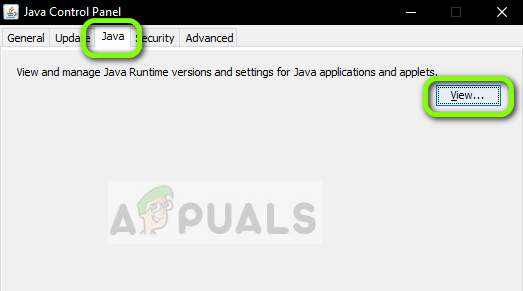Fix: ERR_SOCKET_NOT_CONNECTED
Google Chrome users experience the error message “ERR_SOCKET_NOT_CONNECTED” when they try to access Google websites on their browser. This error message has several different scenarios. One where the user is not able to access any website and another where all websites are accessible except Google sites.

This error message signifies that the socket on your browser is having problems. A socket can be thought of as one endpoint of two-way communication between two programs running over the internet.
What causes the Error ‘ERR_SOCKET_NOT_CONNECTED’ on Google Chrome?
While the primary reason for this error message relates to the sockets on your computer, there might also be other reasons. Some of the reasons why this error message occurs are but not limited to:
- Socket pools: The pool of sockets in your Chrome is either corrupt or not working properly. Flushing them solves the problem most of the time.
- Java installs: There are some cases where Java installs on your computer might also contribute to you having this error message.
- DNS Server: The DNS server your computer is using might not be accessible. We can set Google’s DNS as a remedy and see if this fixes the issue.
- Browser problems: If all the above causes are checked out, this only leaves out issues in your browser including storage and installation files.
Before we move on with the solutions, make sure that you have an active open internet connection. An open internet connection means that there are no proxies installed on your computer and you are using a private network (not any work or public internet).
Solution 1: Flushing the Socket Pool
The error message “ERR_SOCKET_NOT_CONNECTED” is instantly solved in the majority of the cases when we flush the sockets on your browser. This will break the connection between any active pages on your browser and you might have to reinitialize everything.
- Enter the following URL in Google Chrome and navigate to it.
chrome://net-internals/
- Once you are in the designated address, select the tab of Sockets using the left navigation pane and click the button of Flush socket pools.

- After this is done, restart your Chrome and try accessing the website from which the error was originating.
Solution 2: Checking Java Installs
As mentioned before, there were several cases reported by users where because of Java installs on their computer, this error message came into light. This is nothing big and nothing to worry about. This can easily be fixed by installing the latest version of Java (with the correct bit format).
You can navigate to the application manager on your Windows 10 and reinstall the Java application from there (press Windows + R, type “appwiz.cpl” and press Enter). After you have installed the latest version of Java, follow the steps listed below to point to the correct location.
- Press Windows + R, type “control” in the dialogue box and press Enter. Select Large icons from the top-right side of the screen and select the option Java 32-bit.

- Now select the Java tab from the top of the screen and click View.

- Now click on Add and navigate to the directory where all your Java installations are present (including 64 bits).

- Save changes and exit. Restart your computer and check if the error still persists.
Solution 3: Setting Google’s DNS
If all the above method solutions don’t work, you can try setting Google’s DNS as your primary DNS before we move on to reinstalling the browser. Domain Name Services are an essential component of any system and allow them to resolve names when accessing websites. If your computer cannot reach a DNS server, it will not be able to connect to the website you type in the address bar in the browser.
- Press Windows + R, type “control panel” in the dialogue box and press Enter.
- Once in the control panel, click on the sub-heading “Network and Internet”.

- Select “Network and Sharing Center” from the next window you are navigated to.

- Here you will find the network to which you are connected to. Click on the network present in form of “Connections” as shown in the screenshot below.

- Now click on “Properties” present at the near bottom of the small window which pops up.

- Double-click on “Internet Protocol Version 4 (TCP/IPv4)” so we can change the DNS server.

- Click on “Use the following DNS server addresses:” so the dialogue boxes below become editable. Now set the values as follows:
Preferred DNS server: 8.8.8.8 Alternate DNS server: 8.8.4.4

- Press OK to save changes and exit. Now restart your computer and see if this solved your problem.
Solution 4: Reinstalling Chrome/ Clearing Data
If none of the solutions work in your case, it is possible that your very own browser is having issues with its saved data or installation files. In this case, a quick reinstallation will fix any issues if there are any modules missing from your installation files.
Before you proceed with the reinstallation process, you can try clearing your browsing data and cache and see if this does the trick for you.
- Press Windows + R, type “appwiz.cpl” in the dialogue box and press Enter.
- Once in the application manager, locate Google Chrome, right-click on it and select Uninstall.

- Now navigate to Chrome download site and download a fresh copy to an accessible location.

- Install the executable and check if the issue is solved.





